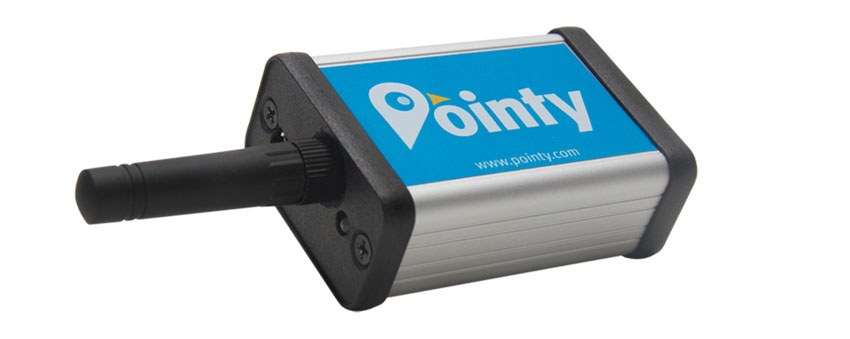Digital Recap: The Most Important Franchise Marketing Strategies in 2020
Here are the latest digital marketing news and trends for the week of January 17, 2020.

2020’s Most Important Franchise Marketing Strategies
The new year might be a couple of weeks old, but you still have time to reassess your franchise marketing strategy for 2020. That should include looking at how digital advertising fits into your strategies at the brand level as well as the franchisee level, says Location3 CEO Alex Porter in an article in the International Franchising Association’s Franchising World magazine.
In the past, it’s often been accepted that these two strategies require separate plans of action and separate tactics. But as digital technology improves the ad experience as well as enhances targeting capabilities, it’s time to look at how these more efficient tactics can drive brand awareness and store visits at the local level. Here’s an excerpt from the article:
“In many instances, franchisor and franchisee marketing strategies operate in silos and lack integration. The franchisor is often responsible for big-budget, national media buys that raise awareness, while franchisees are generally responsible for executing local marketing campaigns that drive customers into their stores.
As digital technologies mature, brand strategies and local strategies are becoming indistinguishable. Digital platforms like Connected TV, streaming audio and Digital Out-of-Home (DOOH) are delivering traditional user experiences with modern targeting — mass appeal with local impact.”
For more analysis, check out the full article.
Google Acquires Pointy to Offer More Online Local Inventory
Google announced on Tuesday its acquisition of Pointy, a tech startup that specializes in placing independent retailer inventory online. Google Shopping Campaigns have offered local inventory ads since 2013, but that feature has primarily been used by larger brands. The acquisition of Pointy will help smaller retailers get their products listed within Google My Business listings, knowledge panels, and local inventory ads.
Pointy uses a hardware device that attaches to a barcode scanner, which records a digital record of every product sold. Through machine learning and its digital records, its able to establish an online presence on organic searches and paid ads. This should help Google offer a more complete line of products, similar to Amazon, while helping smaller retailers sell their products and consumers find them.
What is SEO Content in 2020?
Online content takes many forms, and one of those forms, historically, has been content designed for SEO purposes. That usually meant including target keywords in title tags, meta descriptions, and the body of the post, among other things. But with the maturation of Google’s algorithm, writes Kameron Jenkins of Search Engine Journal, “getting our content ranked isn’t a matter of tricking Google by stuffing keywords in all the right places. It’s about providing an exceptional experience to searchers.”
In her post, Jenkins says writing “content for SEO” is actually writing for the searcher, and most often writing for the searcher means answering their questions clearly and directly. Her three simple tips for accomplishing this:
- Replace complex words with simpler words
- Use concise language instead of wordiness
- Use active voice over passive voice
Read the full post for insights into E-A-T content, keywords, and the effects of Google’s BERT update on what it means to publish effective content in 2020.
Stay In Touch.
Subscribe to our monthly email newsletter.


